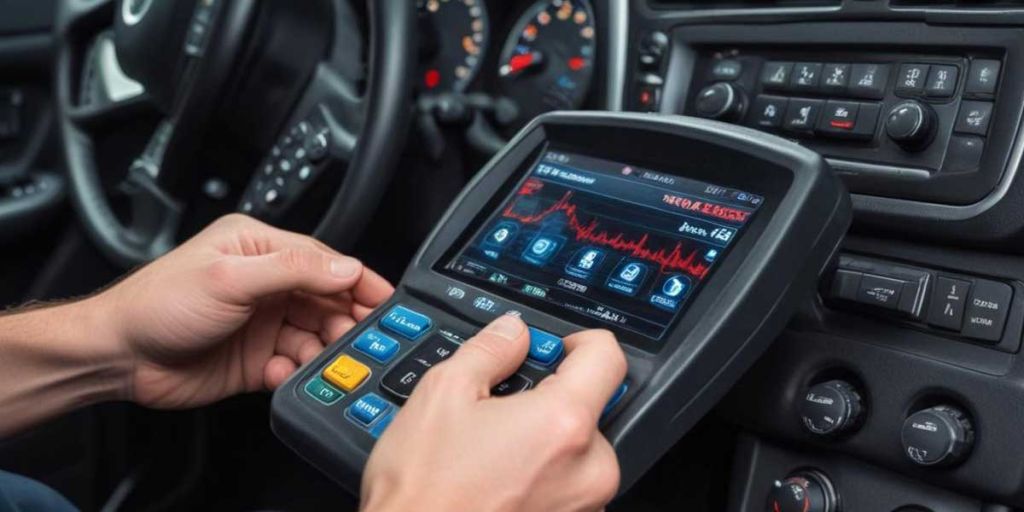What Is a DTC
You are on a road trip with your family to some beautiful location and on the way you notice the Engine light starts to blink on the dashboard. You sense some problem bringing the vehicle to the local auto parts store. A mechanic quickly reads the code from the car’s diagnostic port under the dashboard using an OBD-II scanner. He explains that there is an issue in the lean fuel mixture, which could be caused by a vacuum leak, faulty fuel injectors, or a problematic oxygen sensor. So how did he find the issue just by reading the DTC? What is a DTC?, how it functions, and what are its advantages in GPS Tracking and Fleet Management?
DTCs known as Diagnostic trouble codes are used in vehicles to detect any malfunction or problem. These codes are stored electronically in the vehicle’s onboard computer system., When a vehicle has some issues, the car’s Engine Control Module (ECM) will detect irregular readings from the oxygen sensor and generate a DTC: P0171 – System Too Lean (Bank 1). The engine light starts to blink as a warning sign.
Based on these diagnostic mechanics can perform additional tests and find the main issue. After the main problem is resolved, the mechanic clears the DTC using a professional-grade scan tool.
What is a DTC number?
DTC numbers or fault codes help to detect the exact location of the specific system experiencing the problem.
Usually, the DTC number begins with a letter followed by four digits.
The first character (letter): shows the system where the problem occurred
The second character (digit): Specifies whether the code is generic (0) or manufacturer-specific
A third character (digit): Identifies the specific subsystem involved in automobile malfunction.
Fourth and fifth characters (digits): Specific fault index, identifying the exact problem
Advantages of DTC in Fleet Management and Vehicle Tracking
Combining DTCs with GPS trackers creates a powerful system for fleet management. as integrating hardware can allow them to access DTC information alongside location data. DTC helps in real-time vehicle health monitoring, fleet managers can receive instant notification about vehicle issues and make proactive maintenance scheduling before the problem escalates. Since vehicle issues are rectified earlier vehicle performance is not compromised, preventing more serious and costly breakdowns. It also enables efficient scheduling of repairs and services.
DTC helps in increased vehicle uptime as these codes enable quicker diagnosis and resolution meanwhile reducing unexpected downtime due to mechanical failures. The main benefit of DTC is that it allows preliminary diagnosis without physical inspection of the vehicle. It also helps in asset Lifecycle Management and provides data to assess the long-term health and value of automobiles. DTC aids in making informed decisions about when to retire or replace vehicles.

























